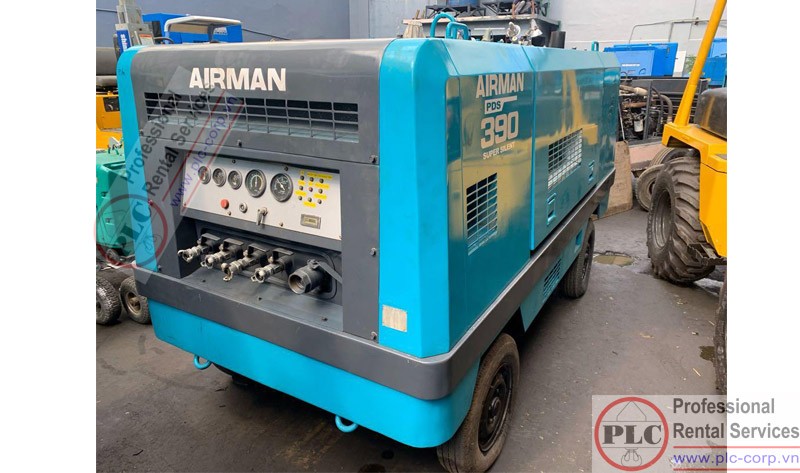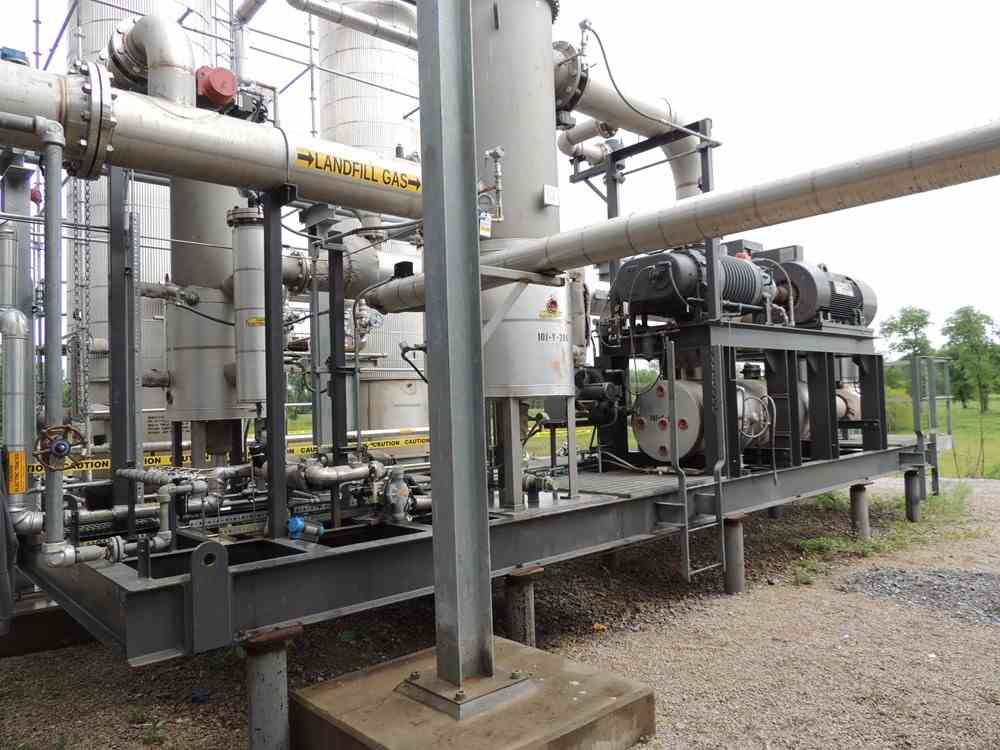
1 CFM airflow means that every minute, such a device will generate a total of 1 ft 3 of airflow. Understanding CFM (Cubic Feet Per Minute)ĬFM is the simplest way to describe the volume of air that is moving. And that volume of air is measured in CFMs. In all those cases, we don’t talk about pressures and temperatures we only talk about the volumetric amount of air. Now, in most cases, we don’t have exactly 1 atm pressure and 68☏ pressure temperature, and so on. Simply put, SCFM is a measure of airflow at exactly 1 atm pressure, at exactly 68☏ pressure, and air density of 0.075 lbs/ft 3 (36% relative humidity levels).


If you check the Ideal Gas Law, you can see why not all air (gas) is the same. Knowing what each of them means will help us illustrate the main SCFM vs CFM differences: Understanding SCFM (Standard Cubic Feet Per Minute) To truly understand what SCFM and CFM are and what are the differences between SCFM and CFM, let’s look at each of them individually.

In very specific cases SCFM can be equal to CFM ie. How many SCFM airflow we’re talking about here? It can be 350 SCFM, 390 SCFM, 450 SCFM airflow. SCFM vs CFM is just a means to quantify exactly what amount of air is moving (not just what volume of air but the exact mass of air).Įxample: A typical 1-ton air conditioner will generate 400 CFM of airflow. We also know that moist air sinks (due to higher density). You will find the calculator (with calculated chart) below the explanation of SCFM vs CFM metrics.įrom experience, we all know that warmer air rises (due to lower density). Here is the complete SCFM to CFM formula we derive further on:ĬFM = SCFM × (14.7 psi ÷ P actual ) × (T actual + 459.67) ÷ (68☏+459.67) Example of SCFM to CFM calculator use: 500 SCFM at 60☏ temperature and 16 psi pressure is equal to 452.41 CFM. Below you will also find an SCFM to CFM calculator that automatically converts SCFM to CFM. We try to explain it as simply as possible. Note: It’s a bit difficult to explain the differences between SCFM and CFM without going too much into physics and Ideal Gas Law. That also means that the amount of air (mass of air, if you will) is not the same at all temperatures and air pressures.

However, the same volume of air can have different temperatures, pressure, and humidity. If you look at SCFM vs CFM, both are volumetric units of air. And it’s there for a very important reason. As we see, the only difference between SCFM and CFM is that inclusion of ‘Standard’. SCFM stands for Standard Cubic Feet per Minute. That can be an airflow generated by an air conditioner, furnace, ceiling fan, compressor, and other HVAC devices.ĬFM stands for Cubic Feet per Minute. Both CFM and SCFM are units for measuring airflow.


 0 kommentar(er)
0 kommentar(er)
